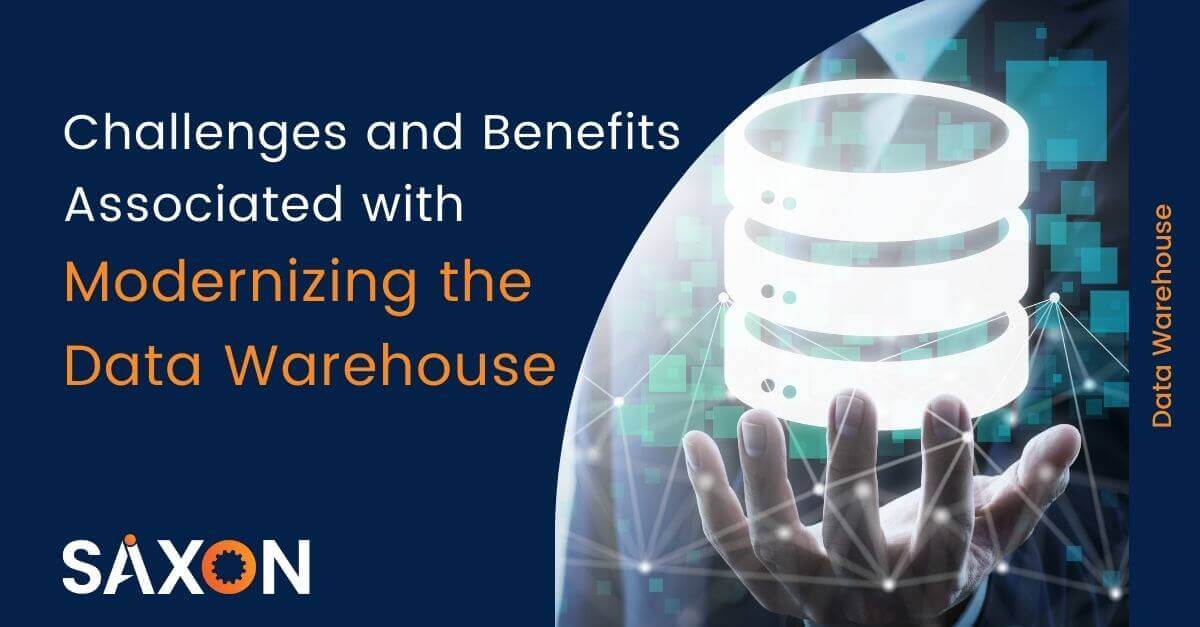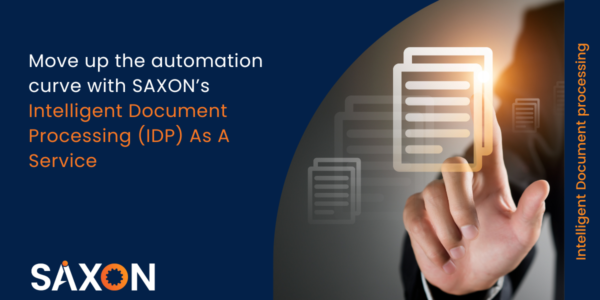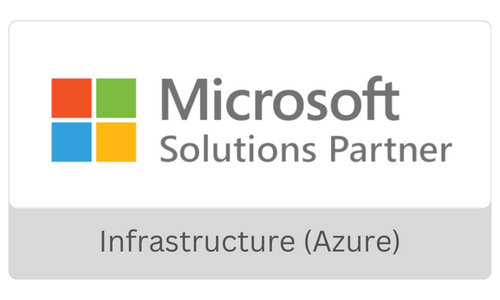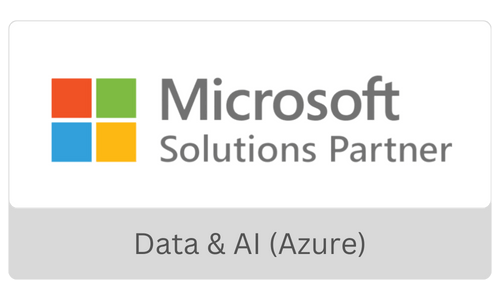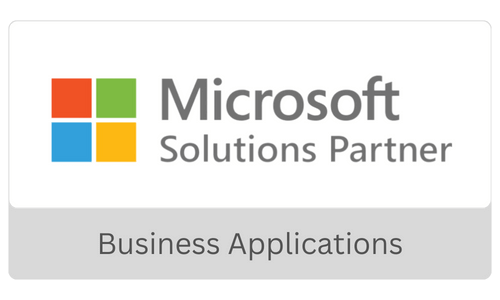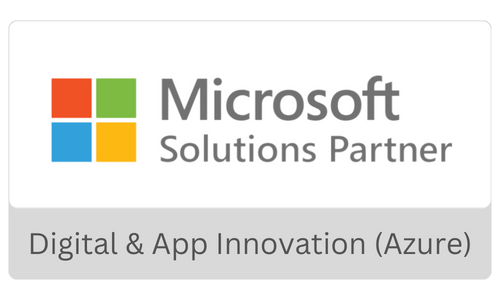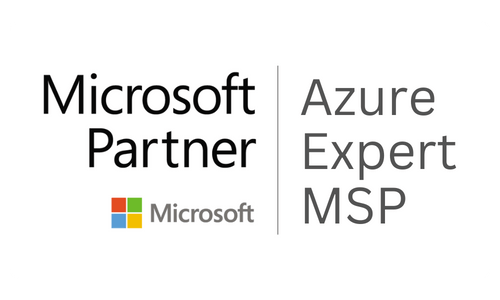Why do we need a modernized data warehouse? It has been noted that a time-consuming development process and limited support of Self-service BI are significant reasons behind migrating to cloud-based data warehouses from the legacy system. Most of the tech professionals find that the legacy data warehouse development process lacks agility and reliability.
Data warehouse modernization is the first step towards the digitalization of your organization. A data warehouse is a process of siloed data migrations to cloud-based storage from legacy systems. It boosts the organization’s agility and productivity, eliminating inefficiencies and complexities of the legacy systems. Modern data warehouse enables organizations to have real-time analytics, the self-service discovery of insights, and faster ingestion. Modernizing a Data warehouse is a necessity, but it is not easy. There are challenges in the process that need to be addressed. Let’s discuss significant challenges and benefits associated with the data warehouse modernization process.
What considerations should one have in mind while modernizing the data warehouse?
- Would there be any disturbance in our day-to-day operations due to the data modernization process?
- Do we need a team of skilled engineers to modernize the data warehouse?
- Can we forecast the expenditure? What about our current investment in existing data infrastructure?
- Should we migrate our workload as it is, or do we need to re-engineer from scratch?
The considerations mentioned above for organizations are crucial to ensure smooth operations. Every organization should use the right approach to ensure there is no bottleneck in the smooth operation.
Whether you are new or have been using legacy systems, migrating to a new data warehouse involves challenges. Let’s discuss what these challenges are.
Managing Native Data Warehouse Assets
Organizations need to reconfigure the data models to reduce time-to-build duration and costs. Mapping existing legacy systems’ entity relationships, data types, partitioning strategies, indexing, and strategies with target schema is the biggest challenge for the organization. It means you cannot simply transform the schema by configuring the migration pipeline. However, the best strategy is cloud-native implementation which eliminates errors.
The two biggest roadblocks are mapping data and column types. Mapping data is a complex task. For example, AWS Redshift deals with the most common types of data sets because it is PostgreSQL-compatible; however, Google uses STRINGS for BigQuery instead of VARCHAR and puts REPEATED array types. In the same way, other technology vendors have different data mapping. Column type mapping also requires extensive efforts. For instance, Amazon Redshift does not support LOB types of Data, while Teradata supports BLOB and CLOB data types.
Auto-transforming Code
Manual or semi-automated migration is risky, but fully automated migration could also be risky without adding appropriate tools. Here are the reasons why this could be the problem:
- Lack of proper information about code logic
- Having problems in migrating complex scripts
- Incomplete availability of the required documentation
It is essential to convert ETL logic, including event-based error handling, writing, data cleansing, and reloading the processed data back to the data warehouse to ensure no error in transforming the existing code.
Lack of Agility in the Infrastructure
Limitations of the in-premise legacy data warehouse cause problems for the engineers to modernize the existing data infrastructure. Moreover, many organizations have not implemented the appropriate data governance model, which also contributes to problems for the engineers.
Analyzing Application Validation and Performance
Ensuring that all migrated applications are working correctly in the target environment is imperative. An application contains interdependent production jobs – scheduled scripts, shell scripts, ETL workflows, and many more that feed into these jobs resulting in the final version of the working application. Thus, it becomes crucial to analyze these artifacts and ensure that all artifacts are performant in the target environment.
Managing Technical Debt
If there is continuous procrastination of the effective data warehouse designs and defects in coding, it leads to a huge technical debt on the organization. Due to the longer period of these defects stacked in the systems, they create operational problems. Data modernization is the best way to eliminate technical debt and avoid further. However, identifying the interdependent workloads at the data level becomes essential to avoid technical debt. One of the common roadblocks for engineers is identifying technical debt at different levels in the organization. Determining an effective partitioning strategy helps in determining and handling the technical debt. Here are some of the common partitioning strategies:
- ‘Cluster by’ strategy
- Splitting strategy
- Number of buckets
- Other strategies include sorting by columns, distributing by keys, etc.
Benefits of Having a Modernized Data Warehouse
Efficient Data Processing
Your business future depends on the accuracy of the data you collect and analyze. This is inevitable. One of the biggest bottlenecks for organizations looking to outperform competitors is missing the effective data processing mechanism. The limitations of the legacy data warehouse system could be the most significant reasons behind effective data processing. A modernized data warehouse ensures you collect and analyze the data most effectively. It gives your business the fuel it needs to make strategic business decisions for growth.
Improved Decision-Making Capabilities
A modern data warehouse strategy helps you get a holistic view of your organization’s performance, improving your data-driven decision-making capabilities. A modernized data warehouse eliminates plenty of probable errors that could hamper decision-making. Reduced time to insights enabling users to find the insights quickly from the data. Democratizing the access of the centralized data warehouse for every stakeholder to make an informed decision.
Be Future Ready
Data modernization not only fixes short-term issues but also prepares your businesses for future challenges. It builds a strong foundation of a data ecosystem that scales as your organization grows. Modernized data infrastructure adapts to the latest tech trends, which means you do not have to worry about your data infrastructure; it will not fall to the test of time.
Reduction in Overall Costs
A well-developed data warehouse infrastructure helps you lower the costs related to purchasing tools for data integration of the siloed data. A modern data warehouse is designed for end-user accessibility; hence you do not need to hire extra resources for data query, insights, and analysis. Moreover, it also helps you save maintenance costs associated with the data warehouse process. The foundation of any data-driven organization is an agile data and analytics process that starts with a modernized data warehouse. Did you review your existing data warehouse’s performance? Our certified data experts can assist you in analyzing, optimizing, and migrating your existing data warehouse into a modernized data warehouse. Connect with us.

